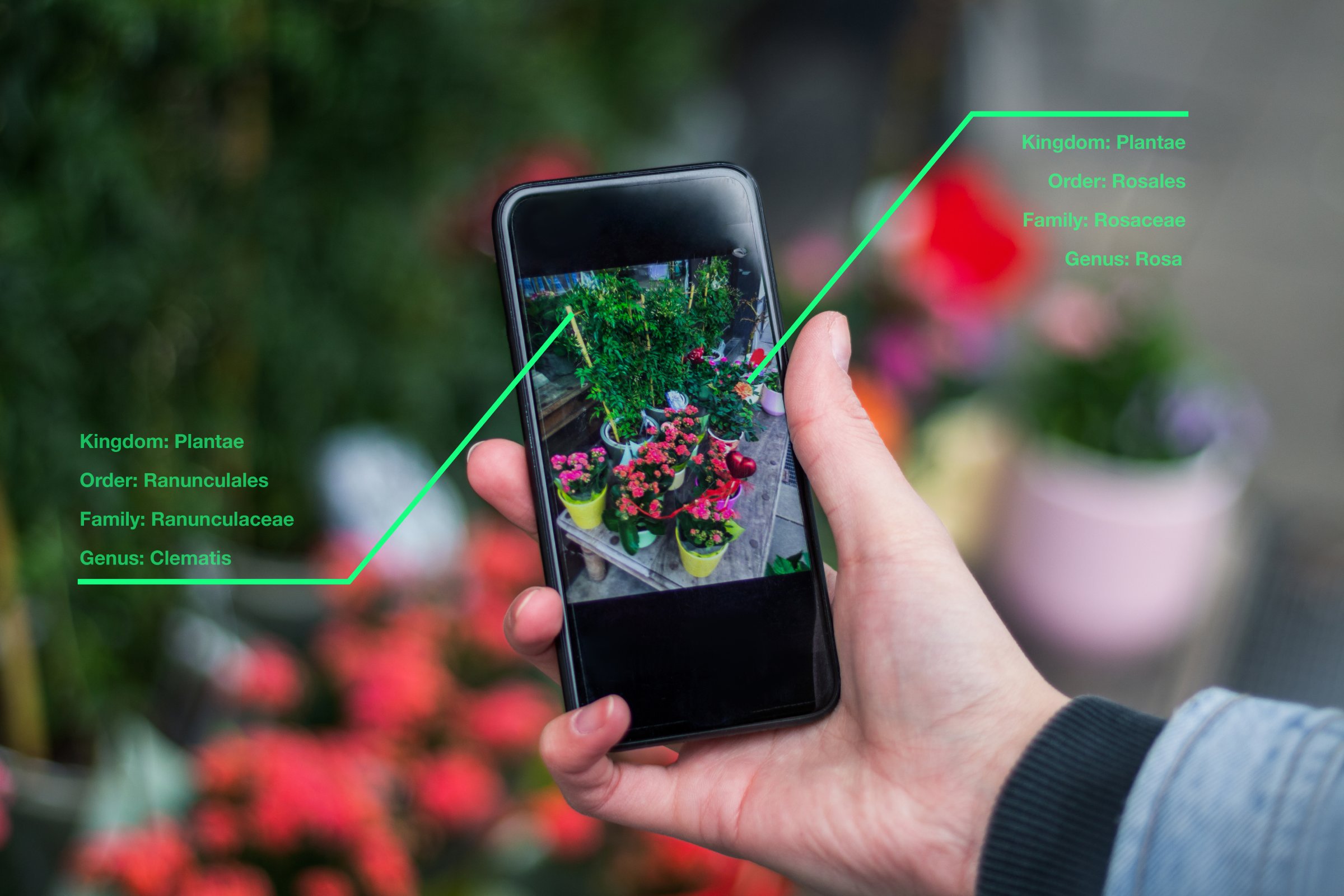Gardening With An AI Botanist: How To Use ChatGPT Effectively In The Garden For Planting & Design Inspiration
It's time to learn how to use ChatGPT effectively in the garden. Why not? It might help develop your gardening creativity. Here’s how to use it.


Artificial intelligence (AI) has come on in leaps and bounds over the last few years, sparking debates and plenty of controversy. ChatGPT is one AI tool anyone can access. ChatGPT is generative AI, meaning it generates content, images, and conversations based on human input. It works by analyzing language patterns and the resources of the internet.
It is proving to be a useful tool for many applications, but is there a use for ChatGPT in the garden? Knowing how to use ChatGPT effectively in the garden can potentially help you become a better gardener. It builds ideas based on the details you provide and acts like an expert and collaborator.
Using ChatGPT for Troubleshooting
Think of AI landscaping tools as a source of information first and foremost. Chat GPT can scour the internet for you and come up with useful information to solve a problem. In the garden, this can take many forms:
- Identifying unknown plants
- Identifying the cause of problems with plants
- Determining which types of plants you can grow in your hardiness zone
- Determining plants you can grow in certain areas of your garden
- Helping you figure out how to create a hardscaping element
- Determining the best time to add new plants or sow seeds
If you have a problem or question in the garden, ChatGPT can most likely answer it or provide possible solutions.
Using ChatGPT for Gardening Recommendations

Answering questions like what plants you can grow in your USDA zone is pretty easy for ChatGPT. Challenge it further by asking for more detailed and complex recommendations.
Ask for plant suggestions for specific areas of your garden or soil types. You can even give it a picture of an area you’re struggling with to get ideas.
Keep feeding it leading questions and additional details to get even better answers. For example, you might show it a picture of beds you’re working on and ask for plant suggestions.
Sign up for the Gardening Know How newsletter today and receive a free copy of our e-book "How to Grow Delicious Tomatoes".
Tell ChatGPT the direction the beds face and their dimensions, and ask it to include ideas for plants that would work well together.
If it gives you a list of perennials, ask for companion plants or annuals. Ask it to consider other ideas if you were to install an arbor or other hardscaping element.
You can give ChatGPT a theme, the colors you like, whether you want scented plants, and much more, to get inspiring suggestions. You don’t have to use its suggestions exactly. Let the ideas evolve as you converse with the tool and as it stimulates your own creativity.
Using ChatGPT for Garden Design

ChatGPT garden design allows you to take this tool to another level. If you have a new space or a blank slate, it can guide you as you design the garden. Use it as a visual tool to create a customized landscape design. Using your ideas and images along with its expert suggestions, ChatGPT can create a picture of a garden.
Input images and measurements as well as details about your location and the kind of garden you want, and it will give you a picture of your dream garden. This is helpful for visualizing the possibilities, and you can tweak it to get it just right.
Limitations of Gardening with ChatGPT
ChatGPT is far from perfect as a gardening tool. You might find, for example, that the landscape design picture it creates for you is more fantasy than reality. Another issue is the quality of the information. You cannot depend 100% on its expertise or accuracy.
It’s important to remember that using ChatGPT effectively in the garden is all about starting a conversation and feeding it the details it needs to stimulate ideas and creativity. Don’t expect a perfect answer based on one question you ask. The more you engage with it, the better gardening information it will give you.
Some gardeners may also be troubled by the question, is using ChatGPT cheating in the garden? A purist might say yes, but really there are no rules for how you build and maintain your own space.
Frequently Asked Questions
Can You Use AI to Design a Garden?
AI can be a fun tool for designing a garden. It lets you imagine anything in your space at a low cost. You can then tweak the design and use it to make your garden a reality.
Are There Any Downsides to ChatGPT?
ChatGPT is fun to use and can be helpful, but it’s not without its limitations and flaws. ChatGPT does not necessarily provide accurate information, for example. It doesn’t fully understand concepts as humans do. And, if you rely too much on ChatGPT, it can impair your ability to develop real skills, like finding accurate, useful information about gardening.

Mary Ellen Ellis has been gardening for over 20 years. With degrees in Chemistry and Biology, Mary Ellen's specialties are flowers, native plants, and herbs.